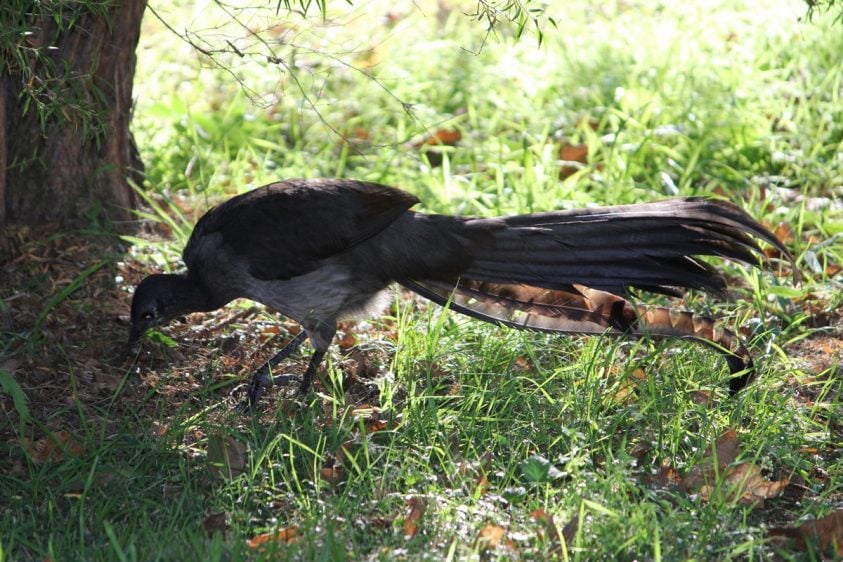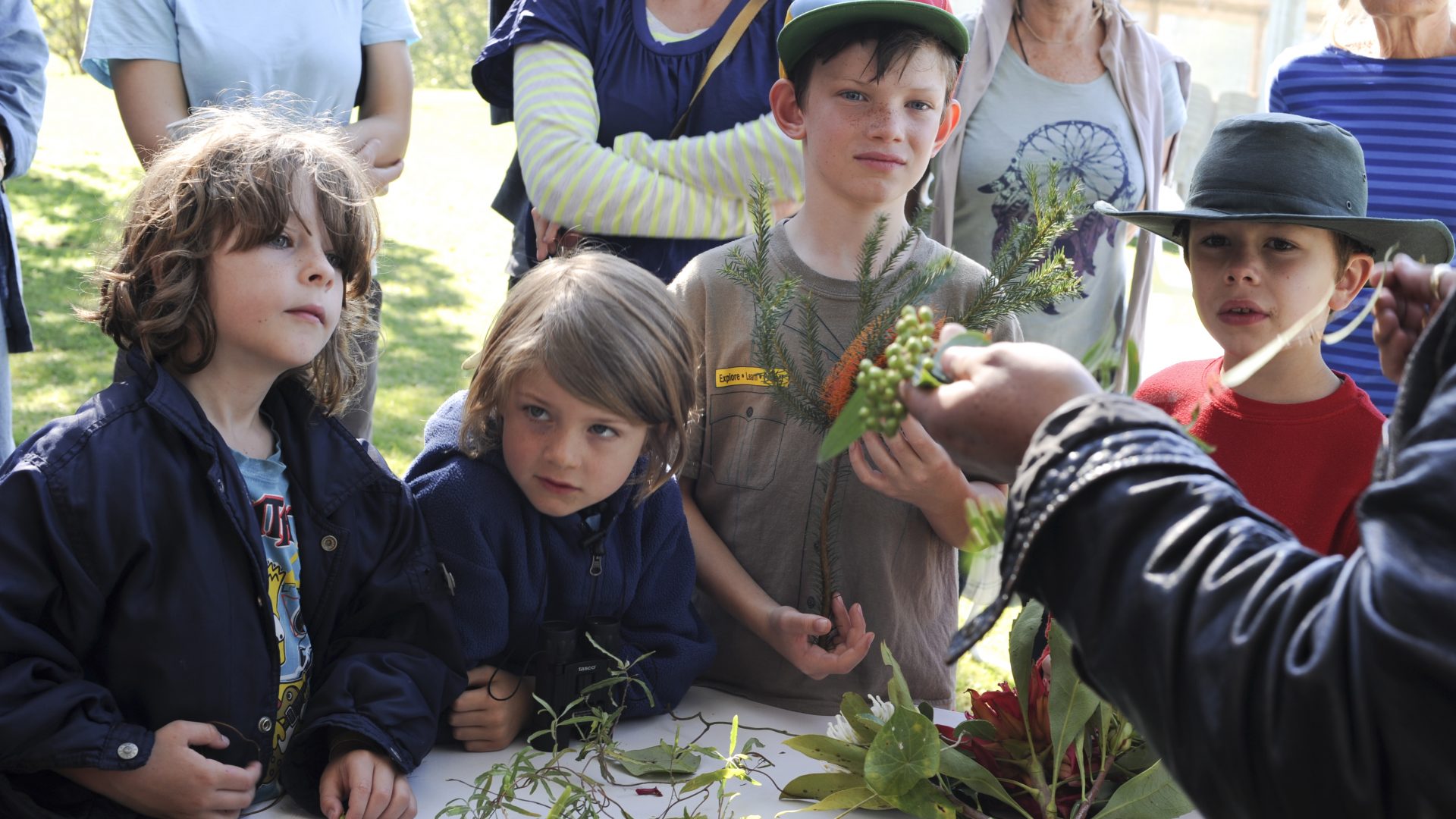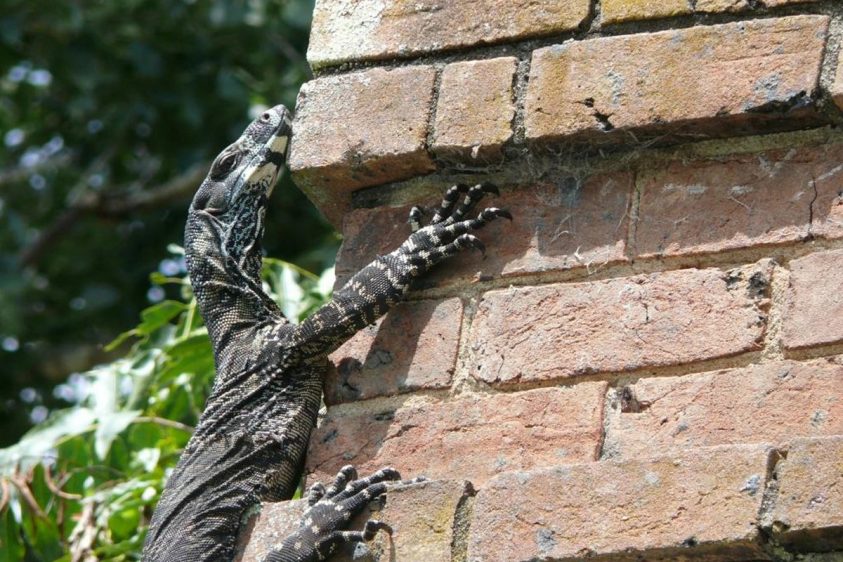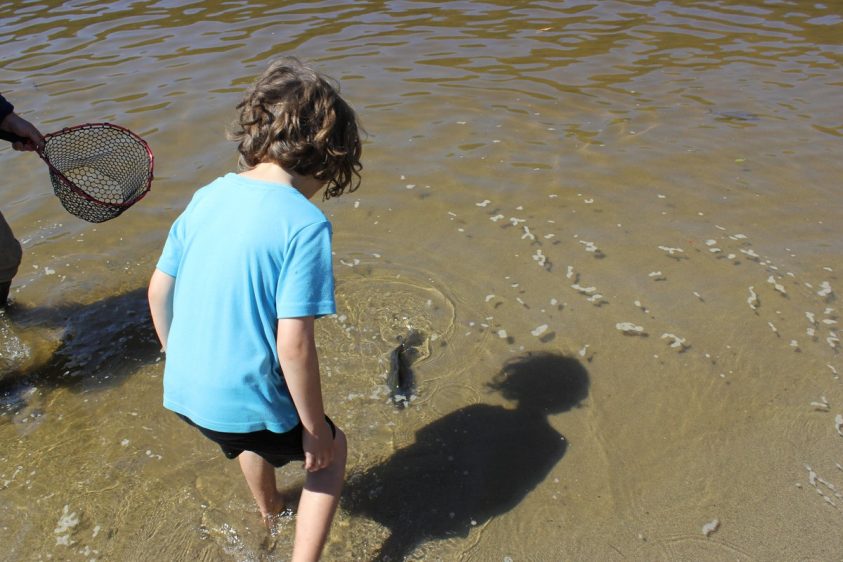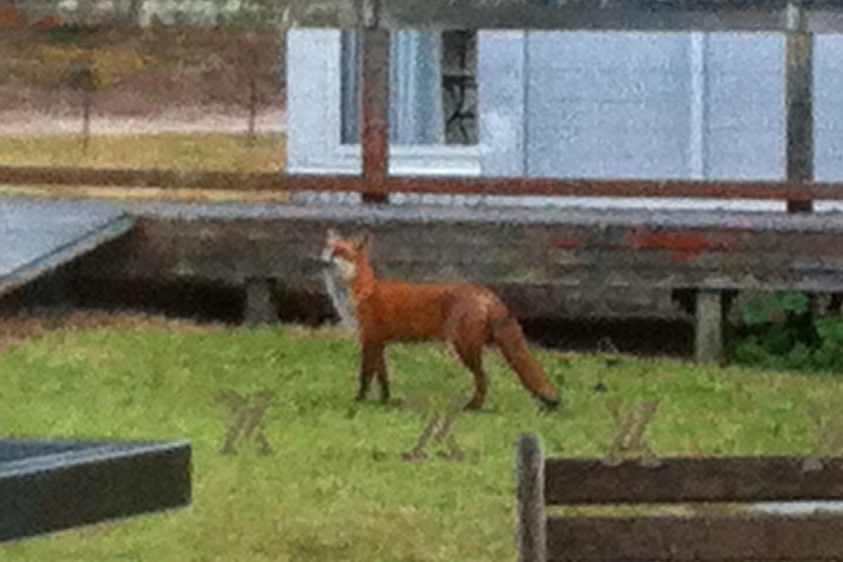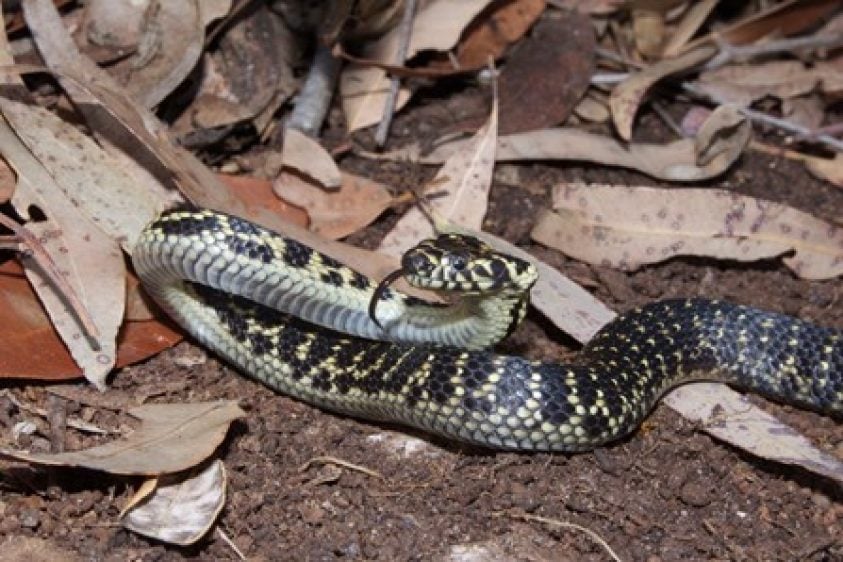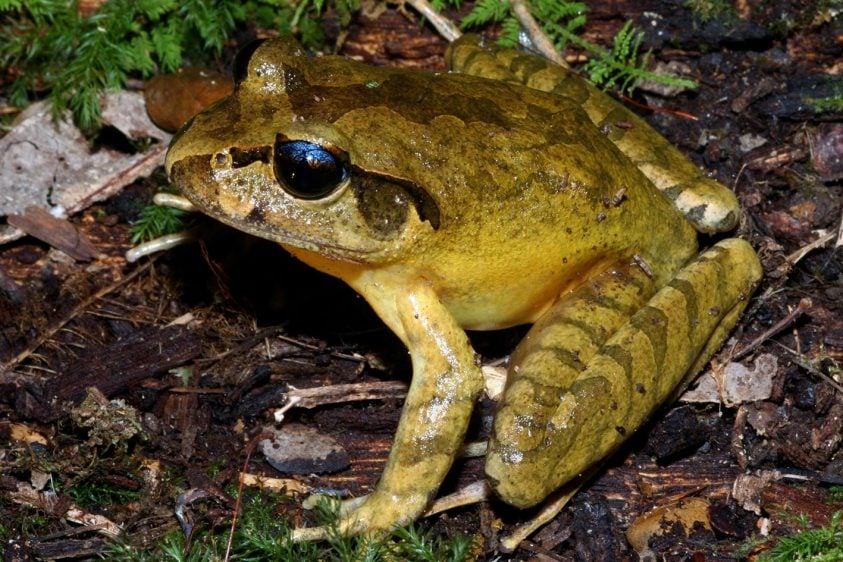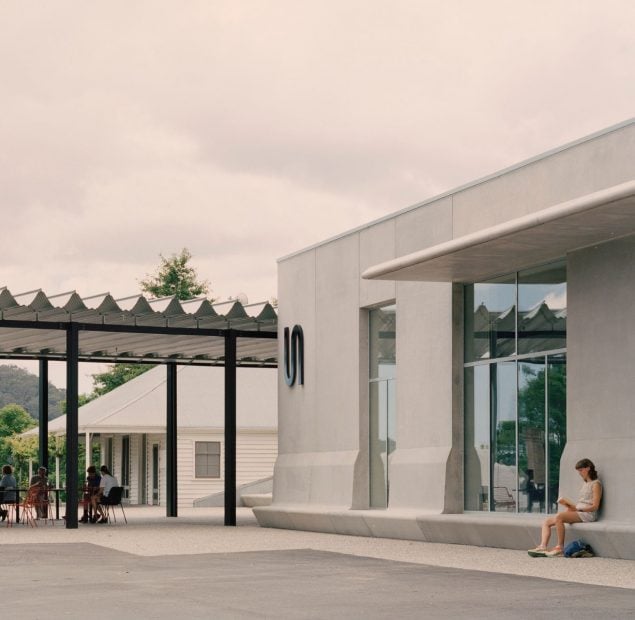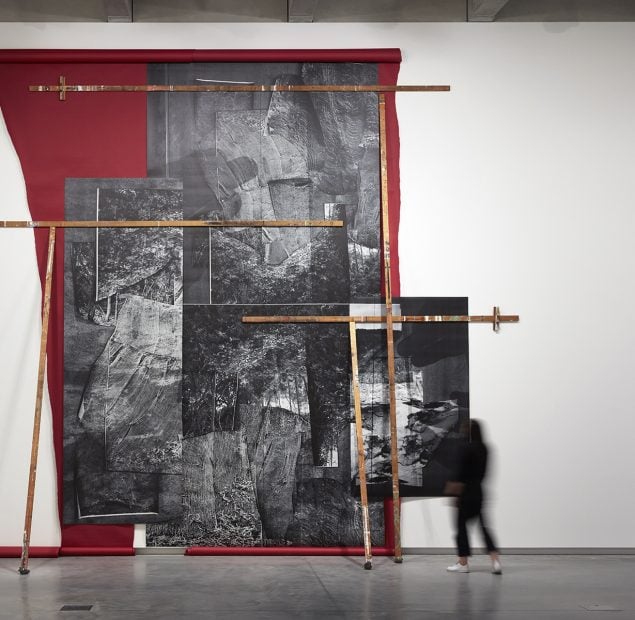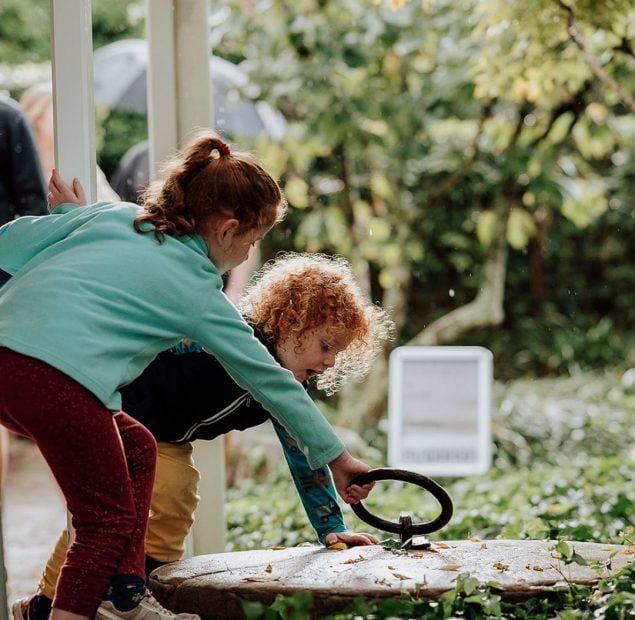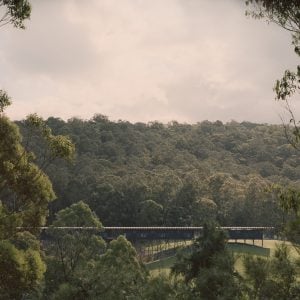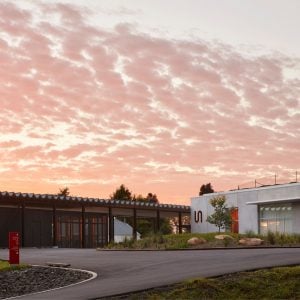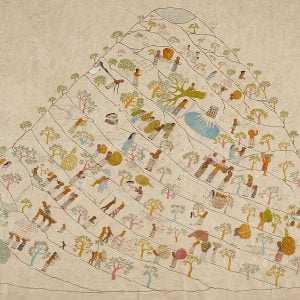On 1,000 hectares, Bundanon hosts over 11 different vegetation communities of native bushland with an abundance of flora species. There are over eleven different vegetation communities, with a diversity of flora species.
- Warm Temperate Layered Forest
- Southern Turpentine Forest
- Temperate Dry Rainforest
- Currambene-Batemans Lowlands Forest
- Coastal Warm Temperate Rainforest Yalwal Shale-sandstone Transition Forest
- Riverbank Forest
- Southern Lowland Wet Forest
- Illawarra Gully Wet Forest
- Morton Mallee Heath
Climate zones and Bioregions
The climatic zones are defined through combining average rainfall and temperature with the distribution of rainfall through the year. Bundanon is located in the Sydney Basin Bioregion, in a climate zone which is temperate with no dry season and warm summers. The properties are located in the South East Catchment. NSW contains eight major climate zones.
Growth forms
The growth forms include trees, tree mallee, shrub, mallee shrub, heath shrub, chenopod shrub, tussock grass, hummock grass, sod grass, sedge, rush, forb, fern, moss and vine. Wetlands are generally covered by sedgeland, forbland or rushland but may also include trees and shrubs. The height class depends on the growth-form (Walker & Hopkins 1990). For example, an ‘extremely tall’ tree is >35 m high, while an ‘extremely tall’ tussock grass is 3–6 m high.
Introduced Plants
The presence of exotic weed species established within agricultural grazing lands on Bundanon and Eearie Park such as Fireweed, Black Nightshade, Paddys Lucerne, St Johns Wort, Bathurst Burr, Thistles, Fleabane, and Cobblers Pegs can be a problem when grazing land is transformed into forest through plantings. Livestock will always favour certain pasture species and sweet areas within a given paddock with resultant increased grazing pressure and reduced competition against colonising weed species. Wet summers also provide ideal conditions for weed species growth and seed production in subsequent years.
- Shoalhaven Sandstone Forest
